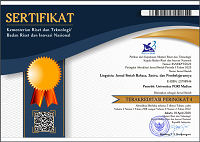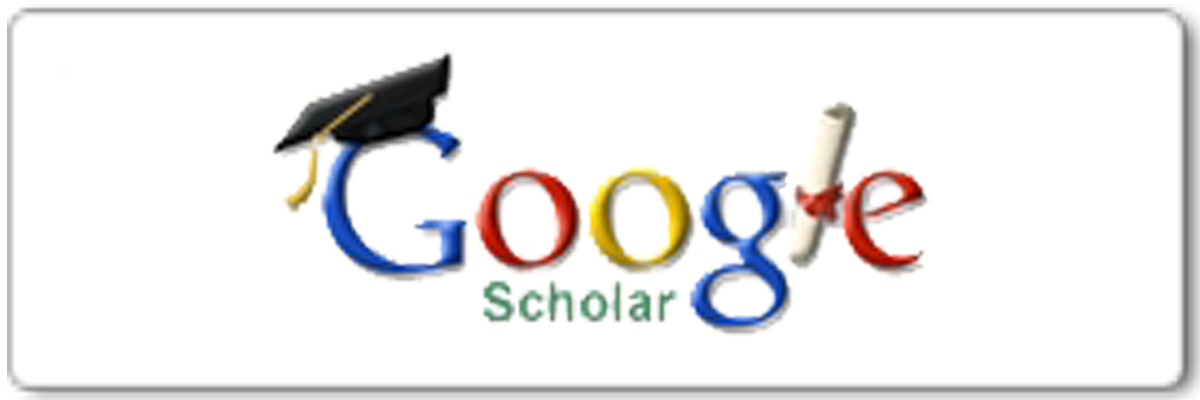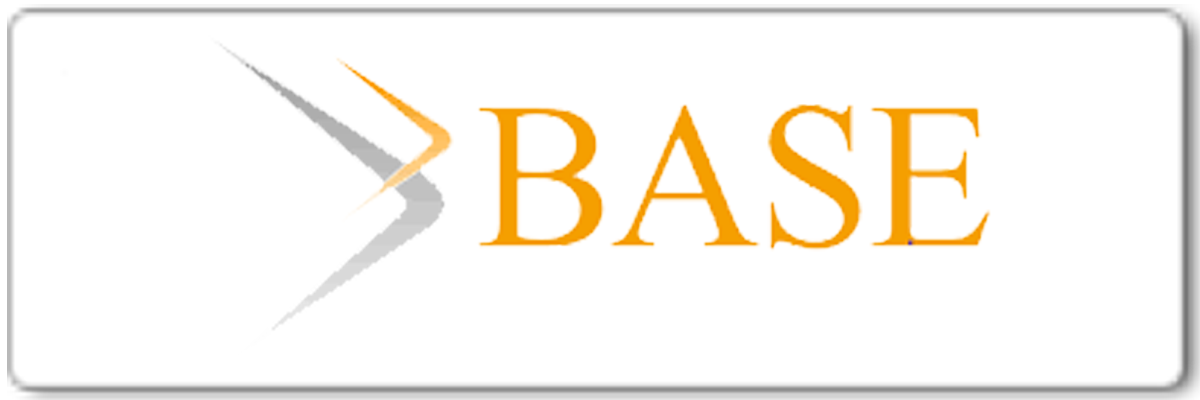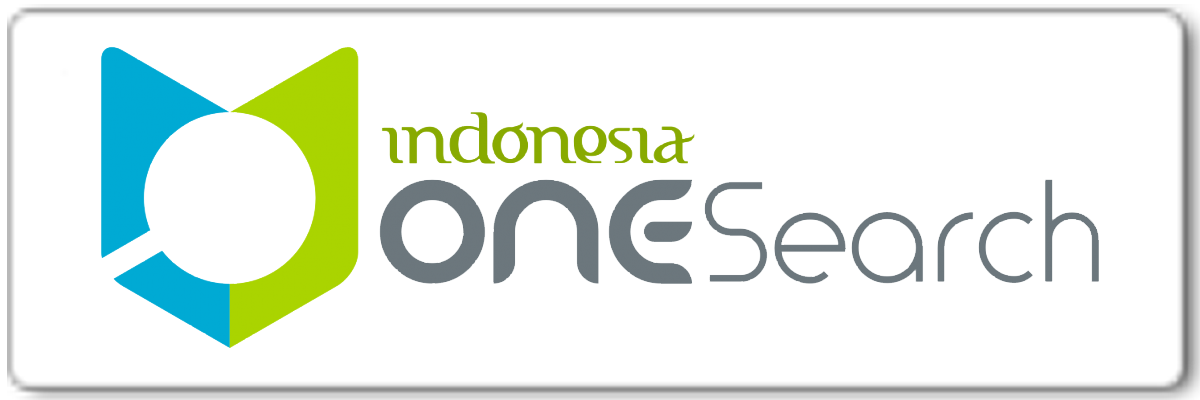Developing a Literature-Based Instructional Material for Essay Writing Course
Abstract
The inclusion of literature for language teaching is not something new. Nowadays, the use of literature is becoming quite common for teaching language skills. The purpose of this study is to develop an instructional material by using literature-based instruction for essay writing course in University of PGRI Wiranegara, Pasuruan. The research used Gall, Borg, & Gall research and development procedure with some adaptations. The instruments used in the study were questionaires, interview, and tests. The instructional material was tried out and tested to students who joined essay writing class in the academic year 2018-2019. The students’ essays were analyzed by using Jacobs ESL Composition profile covering five elements, namely content, organization, vocabulary, language and mechanics. The result of the study shows that the instructional material was proven to be adequately successful to be used for essay wrting course. The use of literature for teaching writing gives benefits for the students, not only in terms of their writing skills, but also sharpen their critical thinking ability.
Keywords
Full Text:
PDFReferences
Alomrani, A. H. (2014). Integrating Reading Into Writing Instruction in the EFL Programs at Saudi Universities. Arab World English Journal, 5 (3), 100–112. Retrieved from www.awej.org
Block, C. C. (2005). Strategy Instruction in a Literature-Based Reading Program. The Elementary School Journal, 94(2), 139–151. https://doi.org/10.1086/461756
Choi, J., Moon, Y., Paek, J. K., & Kang, Y. (2018). Examining the Relationship between Reading and Writing of Advanced Korean EFL Learners. Korean Journal of Applied Linguistics, 34(1), 91–116. https://doi.org/10.17154/kjal.2018.3.34.1.91
Day, R. R. (2004). A Critical Look at Authentic Materials. Spring, 1(1), 101–114.
Ehara, K. (2008). The Effects Of Types Of Question On EFL Learners’ Reading Comprehension Scores. https://doi.org/10.1177/001088048102200214
Gall, M. D., Borg, W. R., & Gall, J. P. (1996). Educational research: An introduction, 6th ed. In Educational research: An introduction, 6th ed.
Gibson, J. (2007). Fiction and the Weave of Life. In Fiction and the Weave of Life. https://doi.org/10.1093/acprof:oso/9780199299522.001.0001
Gilmore, A. (2007). Authentic materials and authenticity in foreign language learning. Language Teaching. https://doi.org/10.1017/s0261444807004144
Green, L. B. (2000). Fourth graders’ literal and inferential reading comprehension: Effects of readability and answer format. Retrieved from https://search.proquest.com/docview/304637813?accountid=14548%0Ahttps://julac.hosted.exlibrisgroup.com/openurl/HKU_ALMA/SERVICES_PAGE??url_ver=Z39.88-2004&rft_val_fmt=info:ofi/fmt:kev:mtx:dissertation&genre=dissertations+%26+theses&sid=ProQ:ProQuest+Dissert
Hismanoglu, M. (2005). Teaching English Through Literature. Journal of Language and Linguistic Studies. https://doi.org/10.17263/jlls.38648
Janssen, G., Meier, V., & Trace, J. (2015). Building a Better Rubric: Mixed methods rubric revision. Assessing Writing. https://doi.org/10.1016/j.asw.2015.07.002
Khatib, M., Rezaei, S., & Derakhshan, A. (2011). Literature in EFL/ESL Classroom. English Language Teaching, 4(1), 201. https://doi.org/10.5539/elt.v4n1p201
Lazar, G. (2010). Literature and Language Teaching. In Literature and Language Teaching. https://doi.org/10.1017/cbo9780511733048
Lehman, B. A., Freeman, E. B., & Allen, V. G. (1994). Children’s Literature And Literacy Instruction: “Literature-Based” Elementary Teachers’ Belief And Practices. Reading Horizons, 35(1), 3–29. Retrieved from https://georgefox.idm.oclc.org/login?url=http://search.ebscohost.com/login.aspx?direct=true&db=eft&AN=508504372&scope=site
Motlaq, H. S., & Egresh, N. (2016). The Relationship between Reading Ability and Writing Quality among Iranian EFL Academic Writers. International Journal Of Humanities And Cultural Studies ISSN, 3(2), 2356–5926. Retrieved from http://www.ijhcs.com/index.php/ijhcs/index
Palmer, M. L. (2010). The Relationship Between Reading Fluency, Writing Fluency, and Reading Comprehension In Suburban Third-Grade Students. Retrieved from http://libproxy.lib.unc.edu/login?url=http://search.proquest.com/docview/817404170?accountid=14244%5Cnhttp://vb3lk7eb4t.search.serialssolution.com?ctx_ver=Z39.88-2004&ctx_enc=info:ofi/enc:UTF-8&rfr_id=info:sid/ProQuest+Dissertations+%26+Theses+Global&rft_val
Park, J. (2016). Integrating reading and writing through extensive reading. ELT Journal, 70(3), 287–295. https://doi.org/10.1093/elt/ccv049
Setyowati, L. (2016). Analyzing The Students’ability In Writing Opinion Essay Using Flash Fiction. Journal of English Language Teaching and Linguistics, 1(1), 79. https://doi.org/10.21462/jeltl.v1i1.1
Setyowati, L.-. (2017). Gender Ideals Violation in Domestic and Economic Life as Found in Margaret Mitchell’s Gone With The Wind. Humaniora, 8(2), 165. https://doi.org/10.21512/humaniora.v8i2.2562
Setyowati, L., & Sukmawan, S. (2018). Writing for Comprehension in Prose Fiction Analysis: The Students’ Voices. Arab World English Journal, 9(1), 134–145. https://doi.org/10.24093/awej/vol9no1.10
Takahashi, K. (2015). Literary Texts as Authentic Materials for Language Learning: The Current Situation in Japan. In Literature and Language Learning in the EFL Classroom (pp. 26–40). https://doi.org/10.1057/9781137443663
Article Metrics
Abstract has been read : 1864 timesPDF file viewed/downloaded: 0 times
DOI: http://doi.org/10.25273/linguista.v4i1.6451
Refbacks
- There are currently no refbacks.
Linguista: Jurnal Ilmiah Bahasa, Sastra, dan Pembelajarannya indexed by:
View My Stats








